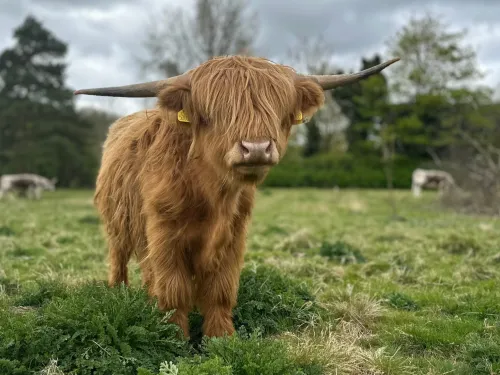
Kent Wildlife Trust prepare to fight as Planning Inspectorate accepts application for development consent for Sea Link
Kent Wildlife Trust is encouraging people to register as an interested party and stand up for nature after the Planning Inspector accepted the Development Consent Order (DCO) for the Sea Link Project, an environmentally harmful scheme which will impact…



